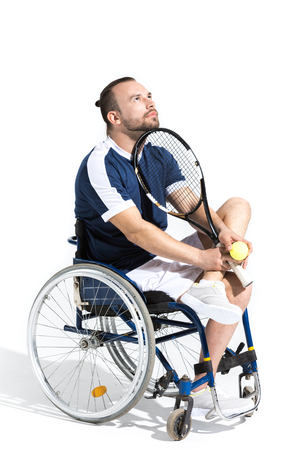Note that your final mark will not be saved in the system.
Technology in Sport GapFill
You must fill all the gaps before clicking ‘Check Answers!’

Advancements in technology have dramatically improved certain aspects of sport. The implications of technological advancements mean that performers, sports officials and can all benefit in some way from technology. However, it is also important to understand any disadvantages that technology can have on these groups. Here we will take a look at the advantages and disadvantages of technology for performers and officials.
Impacts on the officials
Decisions can be made using replays and slow-motion videos, making judgement more accurate and reliable, e.g. Hawk-Eye is used in
to establish whether the ball is in or out. This has not only increased the spectacle of sport for
, but it also means that sport is now more
, as the increased accuracy of measuring devices means sport is more accurately measured. It also allows for in-depth
of sport. It also increases performance of many athletes, due to the improved equipment, clothing and
that are available to athletes, including making sport more inclusive for some (e.g. the use of prosthetics for disabled athletes).
The best technology can only be afforded by the richest clubs/countries, making the gap between the top and bottom teams even greater. Use of technology to officiate matches can be time-consuming and disrupt the flow of a game, e.g. Television Match Official is used in rugby to help with decision-making, such as whether a try should be awarded or not.
Impacts on the performers
There are many advantages of technology for the performer. For example, more advanced products are being developed to help improve performance. For instance, an athlete can monitor their fitness levels while training and during recovery by wearing a heart rate monitor on their wrist. Technology allows for faster recovery rates and better monitoring of
and rehabilitation, which can help the athlete to learn when they can return to sport. (Often, athletes train full-time and, therefore, if they are injured, they could be missing out on valuable income through sponsorship and prize money.) Athletes can use technology to improve their own knowledge in sport, including how to increase safety in sports. For instance, sport-specific equipment (e.g. footwear) is regularly developed to aid performance, such as providing less air resistance. Finally, there are vast improvements in technology aiding
athletes, e.g. prosthetic limbs and wheelchairs have been developed using technology. This not only allows disabled athletes to take part in sport without such barriers, it also means that disabled athletes can act as role models for younger generations who are playing at grassroots level.
Nonetheless, there are negatives of technology. For instance, the newest technology can be very , including the upkeep of the technology. This means that only those with the money can purchase it and, therefore, benefit from it. Likewise, to maintain performance levels above those of competitors, updating equipment regularly is vital, which again involves more cost. Some technology requires expert to use and interpret, which can cost time, money and effort, which could be better spent on training. Finally, increased technology opens routes to new performance-enhancing that are harder to detect. This means that there may be a number of athletes who are competing illegally and not for the love of the sport.